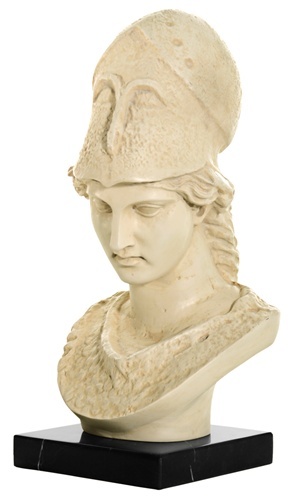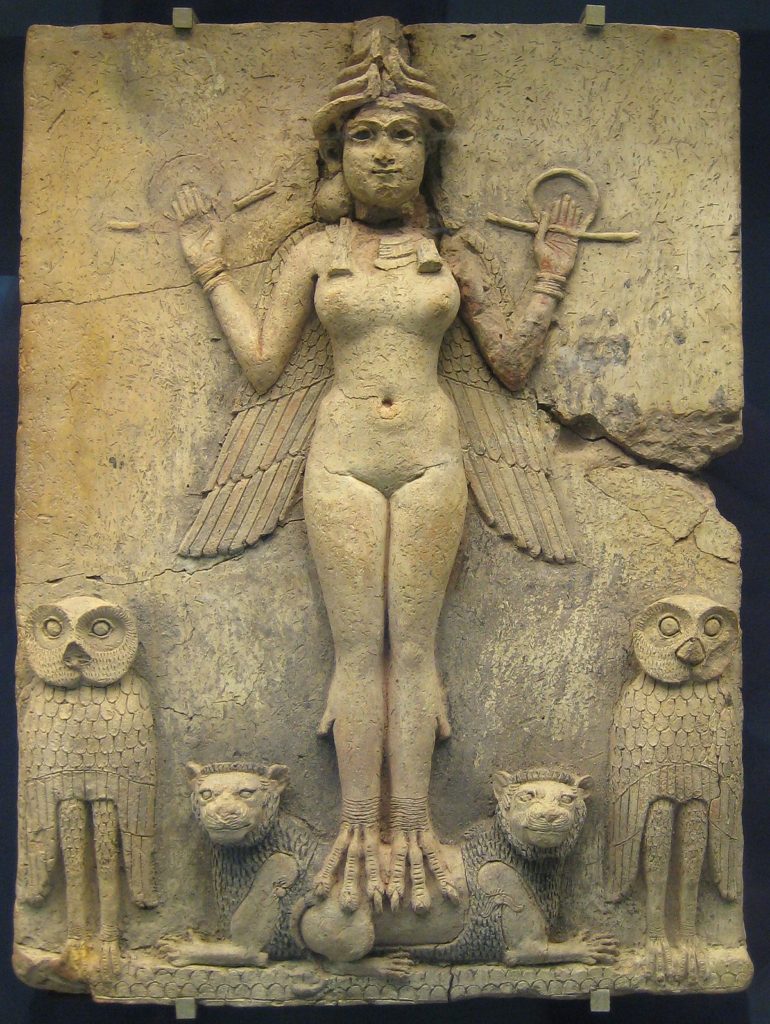 What follows is a service piece I wrote for [outlet name redacted]. The assignment got canned, but still may prove useful on this sweet spring Sunday. May it help manifest what you need!
What follows is a service piece I wrote for [outlet name redacted]. The assignment got canned, but still may prove useful on this sweet spring Sunday. May it help manifest what you need!
Once considered the domain of stalkers and the abjectly religious, home altars are starting to be mainstreamed much like yoga and meditation were twenty years ago. To quote the domestic goddess Martha Stewart, that’s a good thing. A home altar can be wonderfully restorative, whether you’re seeking a fresh start, feeling overwhelmed, or grieving a significant loss.
An altar is a sacred space. This does not mean that you have to believe in a higher power, but it’s useful to believe in yourself–your ability to heal and to receive support. In the age of online everything, it helps to have a physical place to channel dreams and strong emotions constructively so they don’t hold you hostage.
“I think altars are appealing to a wider range of people because we’re experiencing a more chaotic political climate and an oversaturation of technology,” says my good friend Cat Cabral. A self-proclaimed “modern witch,” she is the author of Chronicle Book’s upcoming The Spells Decks. “There’s an increased need for control and self-mastery, and they’re a tangible way to get in touch with the elements and our deepest feelings, especially since so many of us are disconnected from ourselves and the outdoors.”
As is so often the case, I agree with Cat. An altar is a visual reminder of nature’s power as well as our own. It’s a physical reflection of who and what we love, and who and how we want to be. And that’s the best sort of practical magic.
A few guidelines to creating an altar of your own.
1. Set an intent.
Just like there are no stupid questions, there are no stupid reasons for an altar. The only no-no is dishonesty. So take a few moments to contemplate your real goal. Do you want to feel more comfortable in your body? Are you mourning a recently deceased loved one? Reasons can range from to “I want a new relationship or job” to “I want more peaceful family dynamics.” The only trick, as in so many areas of life, is to be clear.
2. Select the space.
Your altar doesn’t have to take up much space–it can be as big as a whole room or as small as a shoebox–but it should be situated somewhere comfortable, quiet, and pleasant. A well-trafficked hallway or laundry room is less ideal than a corner of your living room or bedroom, for example.
3. Clear the space.
Once you’ve determined the location, clear it out. Dust, sweep, vacuum, de-clutter, even polish if necessary. Burning sage and incense helps, too, as they release old and unproductive energies. Just as sweeping temples is an important religious rite, it’s important to neutralize your altar so the time you spend there is unfettered by other concerns.
4. Curate the space.
Now comes the fun part. Choose a surface–it can be as simple as a coffee table or throw rug, as grand as a whole room–and begin to curate your items.
At the center of this space, place a plate or a bowl as an offering tray. On it, add a piece of paper on which you’ve written your intent. Elements of nature–air, fire, earth, and water–can balance energy; think soil and water (ideally from somewhere you love), a piece of quartz or mica, even a feather or a pine cone.
If there are spiritual deities who make you feel powerful and positive, feel free to include representations. Ditto for images of loved ones–deceased or alive, human or animal. Other items you may include: plant seeds to symbolize a fresh start, coins to draw in a new source of income, drawings from a beloved family member (especially a younger one!) to indicate a happy clan, a key to summon a new home. If you are mourning a recently departed loved one, a photograph help focus your grief, as can one of their possessions.
Because I adore the ocean, I always have seashells and sand on my altar. A friend keeps a bell on hers because the chime makes her feel devotional. Another seeking a juicier sex life has framed a picture of the French author Colette. Don’t be afraid to get creative and don’t worry about clichés. Just makes sure every item is meaningful to you.
Once you’ve collected your items, take some time to arrange them as carefully as you might a gorgeous bouquet of roses. The more pleasurably and uniquely the altar is yours, the more you may materialize.
5. Activate the space.
Whenever you spend time at the altar, visualize your intent. Unplug your devices, take a few breaths, get comfortable. If you’re a Type A personality, set a timer to ensure you’ll block everything else out for a good ten or 15 minutes.
Some people light candles or cut fresh flowers as a regular ritual to activate the altar’s energy, much as you’d turn on a light in a room. (Just be careful to blow out candles when you’re done.) Others burn hand-written notes as a way to send messages to the divine.
You can pray, chant, meditate, recite affirmations or a poem, or merely enjoy the altar as a holding space for an issue or a wish. Visit as often as you like, but keep the surface clean and uncluttered in order to honor your intent.
Just remember to focus your energy on whatever it is you are calling in. Stay open to the changes you seek, and treat your altar with respect and appreciation.
All this may feel unfamiliar at first–even hokey–but view it as an invocation of good wind on your back as you move in the direction of healing and happiness. Who doesn’t need all the help you can get?
If you’re interested in deepening your practical magic, schedule a Ruby Intuition session.


